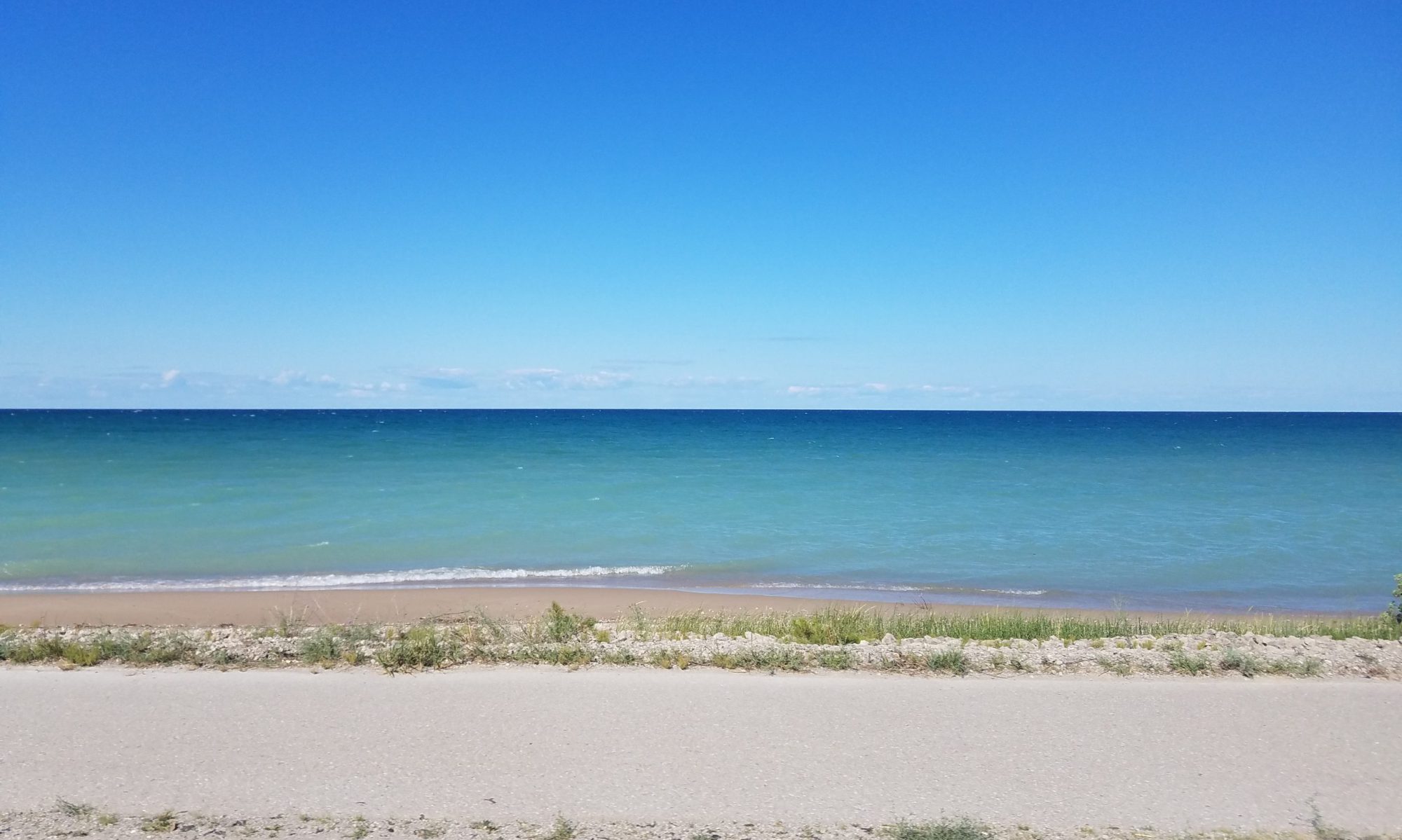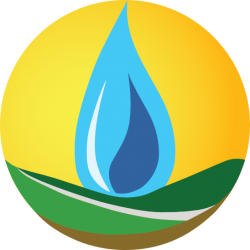 Personal History
Personal History
I grew up along the southern edge of the Adirondack Park in upstate New York, spending each summer outside – swimming in lakes, catching crayfish, climbing trees, etc. etc. Fortunately, those experiences gave me an intense appreciation for the quality of the environment and directed my career path towards the earth sciences. As an undergraduate at Brockport, I was lucky enough to study and research within the Water Resources Department while simultaneously gaining problem solving and programming skills as a Physics major. My desire to combine these interests led me to Hydrogeophysics here at MSU, where I’ve been able to apply my diverse abilities to develop models that help us understand how different factors influence the behavior of water in the environment.
Research Interests
I’m interested in using geophysical techniques and modeling to investigate how water moves in the shallow subsurface beyond point scales. Plant-water interactions play a huge role in controlling how water is distributed in the vadose-zone, but are traditionally difficult to quantify. Using non-invasive methods we can get a close look at the system without disturbing it. This kind of information is critical to anticipate how changes in land use and climate will influence future water balances. I’m currently focused on coupling hydrological and geophysical models to optimize root-uptake functions.
Education
- PhD Candidate 2012-Present, Environmental Geosciences, Michigan State University
- BS Physics 2012, The College at Brockport, State University of New York
- BS Water Resources 2012, The College at Brockport, State University of New York
Recent Abstracts
- Kuhl, A.S., Hyndman, D.W., 2015, Quantifying impacts of solute transport on time lapse ERT at a Michigan ecotone. American Geophysical Union Chapman Conference, Valencia, Spain. https://agu.confex.com/agu/15chapman4/webprogram/Paper59158.html
- Kuhl, A.S., Hyndman, D.W., Van Dam, R.L., 2013, A Coupled Hydrogeophysical Modeling Approach to Estimate Soil Moisture Redistribution in the Face of Land Use Changes. American Geophysical Union Fall Meeting, San Francisco, CA. http://abstractsearch.agu.org/meetings/2013/FM/H51F-1253.html
- Kuhl, A.S., Hyndman, D.W., Van Dam, R.L., 2013, Improving root distribution models through a novel coupled hydrogeophysical approach, ESPP Research Symposium: Water for a Sustainable World, East Lansing, MI. http://www.espp.msu.edu/events/past_symposium.php
- Kuhl, A.S., Van Dam, R.L., 2013, Coupled Inversion of Electrical Resistivity and Hydrological Models to Quantify Soil Moisture Dynamics Below a Michigan Ecotone. Geological Society of America North-Central Meeting, Kalamazoo, MI. https://gsa.confex.com/gsa/2013NC/webprogram/Paper218744.html
- Kuhl, A.S., Richards, P.L., 2012, Identifying Shallow Bedrock on the Onondaga Fm Using Ground Penetrating Radar. Geological Society of America Northeastern Section Meeting. Hartford, CT. https://gsa.confex.com/gsa/2012NE/finalprogram/abstract_200881.htm
- Kuhl, A.S., 2012, Physical Concepts of GPR. Rochester Symposium for Undergraduate Physics Students. Albany, NY.
Complete CV
Download my complete CV (updated 08/01/2017).
 Through looking at both the Au Sable and Manistee River basins’ headwaters, our objective of this project is to develop methods to increase our knowledge of temperature, stream flow rates, groundwater recharge rates, etc. in these areas. In a two year span, forty gages are to be installed in both the headwaters of the Manistee and the Au Sable rivers. Though the state does have groundwater assessment tools out there, the system is not focused on the headwaters. We are creating a much denser network to narrow in on these specific places in the river system to add to the overall knowledge of rivers. Continue reading “Exploring Dynamic Interactions Between Surface Water and Groundwater”
Through looking at both the Au Sable and Manistee River basins’ headwaters, our objective of this project is to develop methods to increase our knowledge of temperature, stream flow rates, groundwater recharge rates, etc. in these areas. In a two year span, forty gages are to be installed in both the headwaters of the Manistee and the Au Sable rivers. Though the state does have groundwater assessment tools out there, the system is not focused on the headwaters. We are creating a much denser network to narrow in on these specific places in the river system to add to the overall knowledge of rivers. Continue reading “Exploring Dynamic Interactions Between Surface Water and Groundwater”






